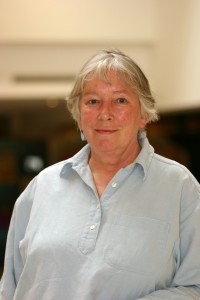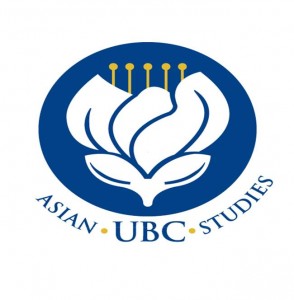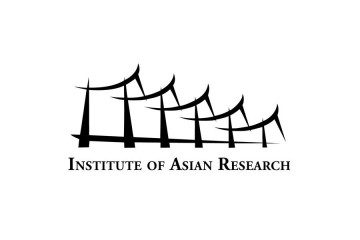As the popular name suggests, the Silk Roads were seen as routes for the movement of commodities over thousands of year: as silk to Rome, jade and fine horses to China. But the movement of ideas and icons was also facilitated by these trade routes and evidence of the rich variety of religions seen on the Silk Road was provided by the great cache of manuscripts discovered in Dunhuang in 1900. Since the first removal of manuscripts to London by Aurel Stein in 1907, followed in the next year by the polymath Paul Pelliot, collecting for Parisian institutions, scholars have been astounded by the richness of this manuscript hoard. It reveals the significance of Buddhism in the daily life of Tang China but also shows the importance of religion to the Sogdian traders who dominated the northern Silk Road and underlines the cosmopolitan nature of Tang China.
 Speaker Bio
Speaker Bio
Frances Wood studied art at Liverpool Art School before beginning Chinese at the University of Cambridge. She spent the year 1975–6 in the Beijing Languages Institute and Peking University and wrote a PhD thesis for London University on traditional domestic architecture in the Beijing area. She worked in the SOAS (School of Oriental and African Studies, University of London) library before moving to the British Library as curator of the Chinese collections, retiring in 2013. She has written many books on Chinese culture and history including Chinese Illustration (1986), The Blue Guide to China (2002), Did Marco Polo Go To China? (1995), Hand Grenade Practice in Peking (2000), The Silk Road (2003), No Dogs and Not Many Chinese: Treaty Port life in China 1843–1943 (1998), The Forbidden City (2005), The First Emperor of China (2007), The Diamond Sutra: The story of the world’s earliest dated printed book (2010), Chinese Export Paintings in the British Library (2011), and Picnics Prohibited: Diplomacy in a chaotic China during the First World War (2014).
Dr. Frances Wood’s visit was made possible through the generous support of Willem and Rosalie Stronck. Events were presented by UBC Library (Asian Library and Irving K. Barber Learning Centre) on the occasion of UBC’s Centenary Anniversary and with UBC partners, the Department of Asian Studies and the Centre for Chinese Research of the Institute of Asian Research, and with community partners, the Canadian Society for Asian Arts and explorAsian: Vancouver Asian Heritage Month Society.
UBC Library Resources
Wood, Frances. The first emperor of China. London: Profile, 2007. [Link]
Wood, Frances. The Silk Road: Two thousand years in the heart of Asia. Los Angeles, University of California Press, 2004. [Link]
Wood, Frances. Hand-Grenade Practice in Peking: My Part in the Cultural Revolution. John Murray, 2000. [Link]
Wood, Frances. No dogs and not many chinese. Treaty Port Life in China 1843–1943. London: John Murray, 1998. [Link]
Wood, Frances. Did Marco Polo go to China? London: Secker & Warburg, 1995. [Link]
This event happened on Tuesday May 26
UBC Asian Centre Auditorium (1871 West Mall, University of British Columbia, V6T 1Z2)
In partnership with:

![]()

